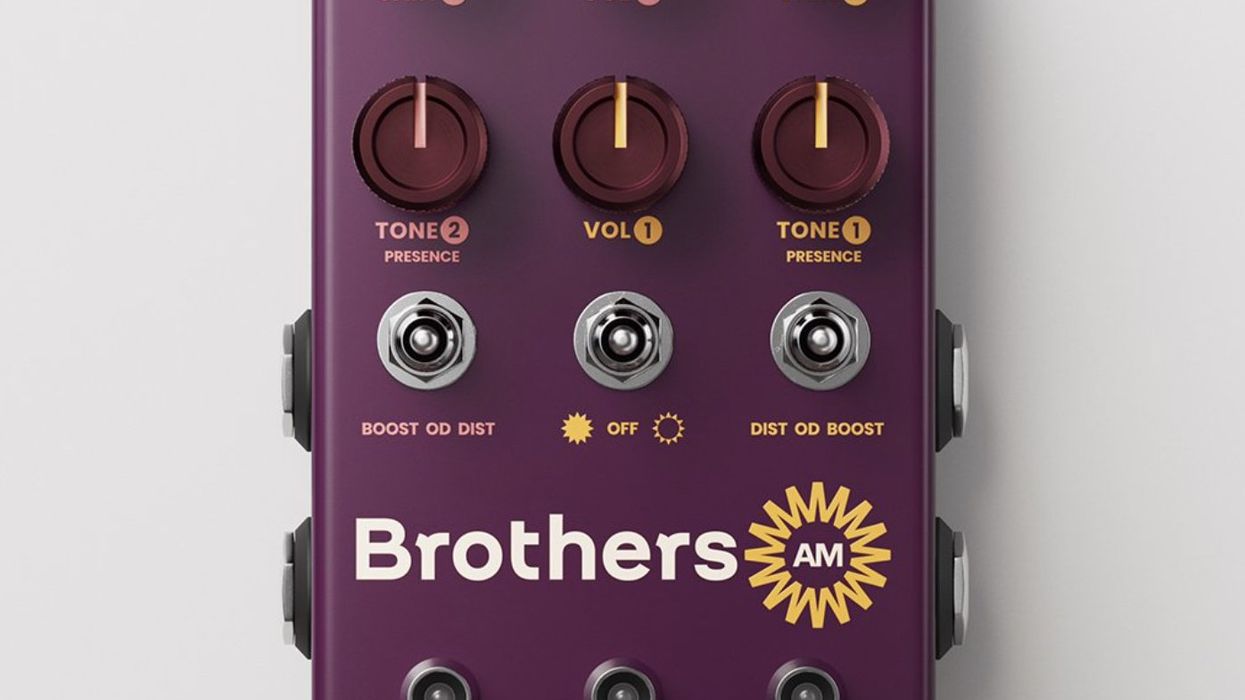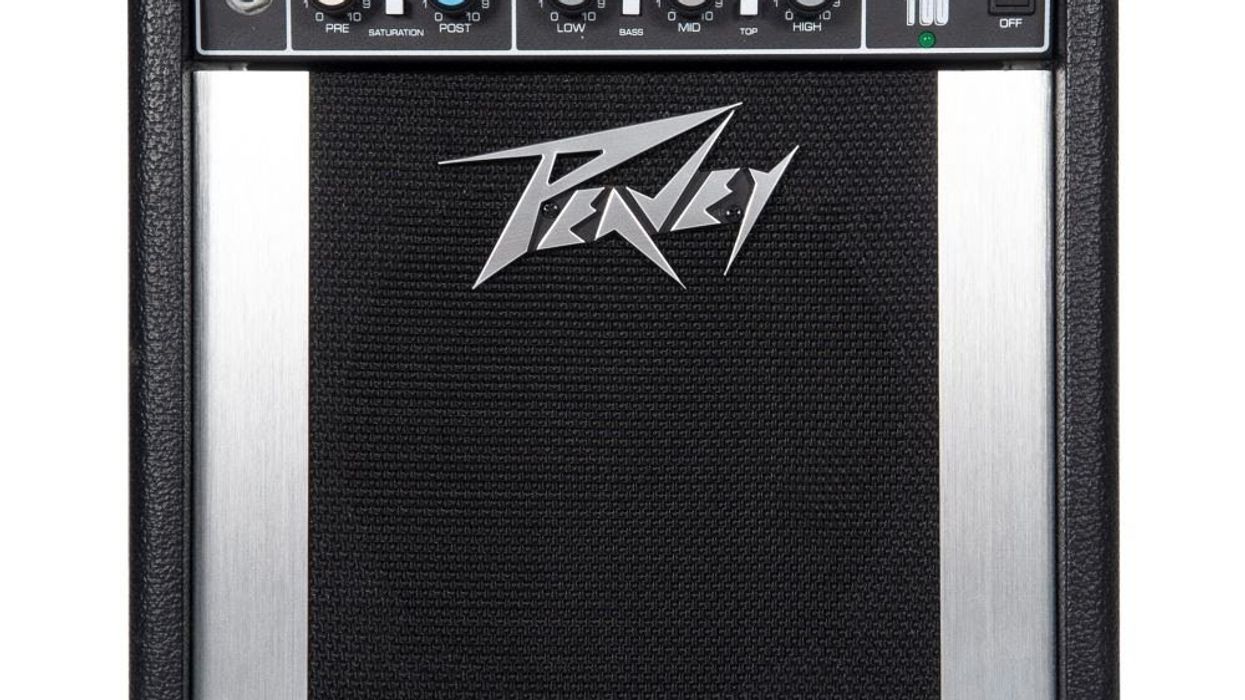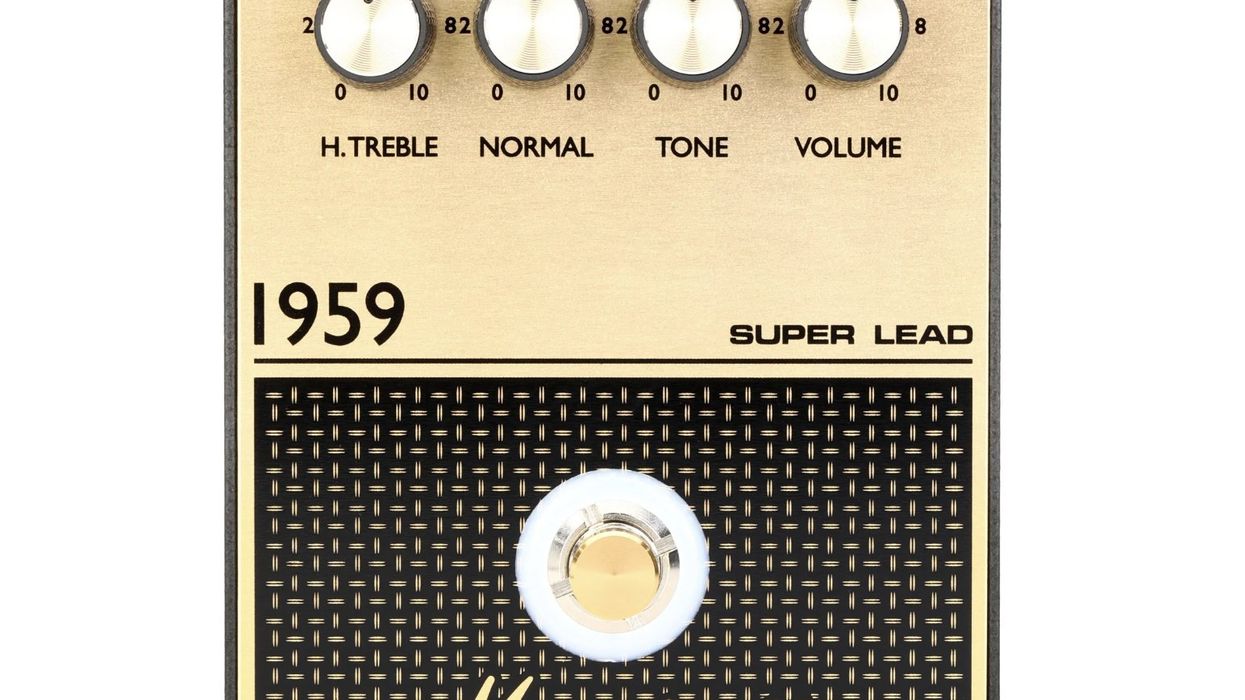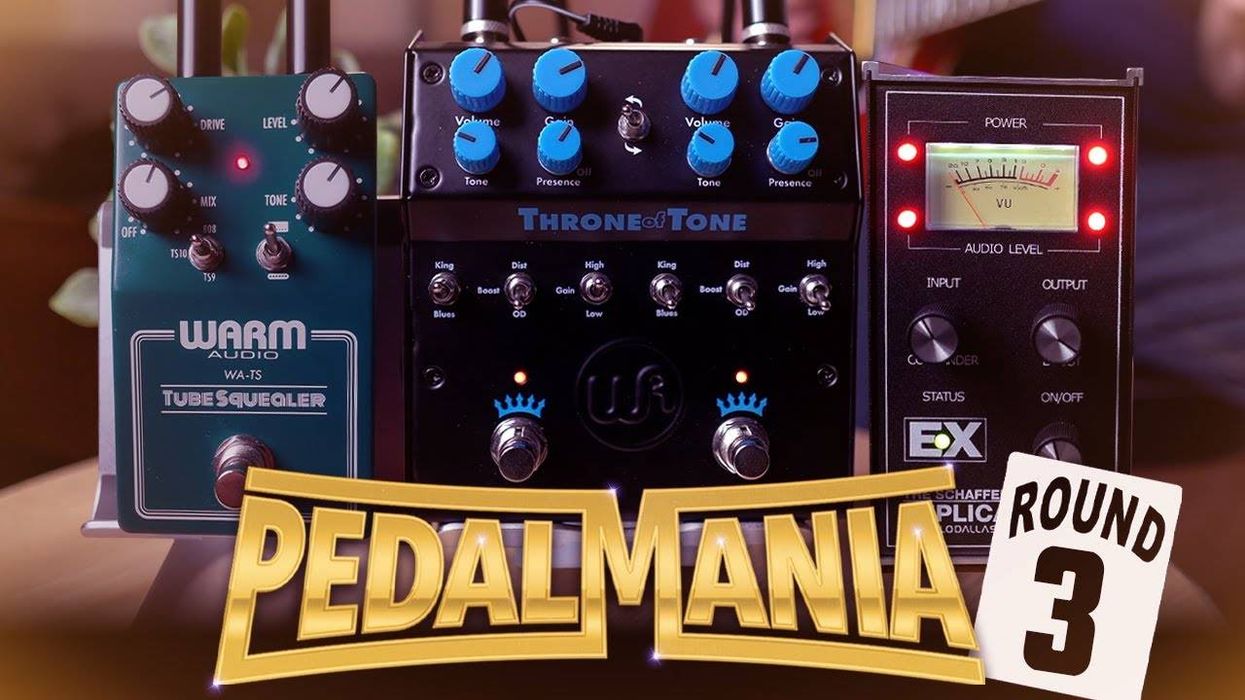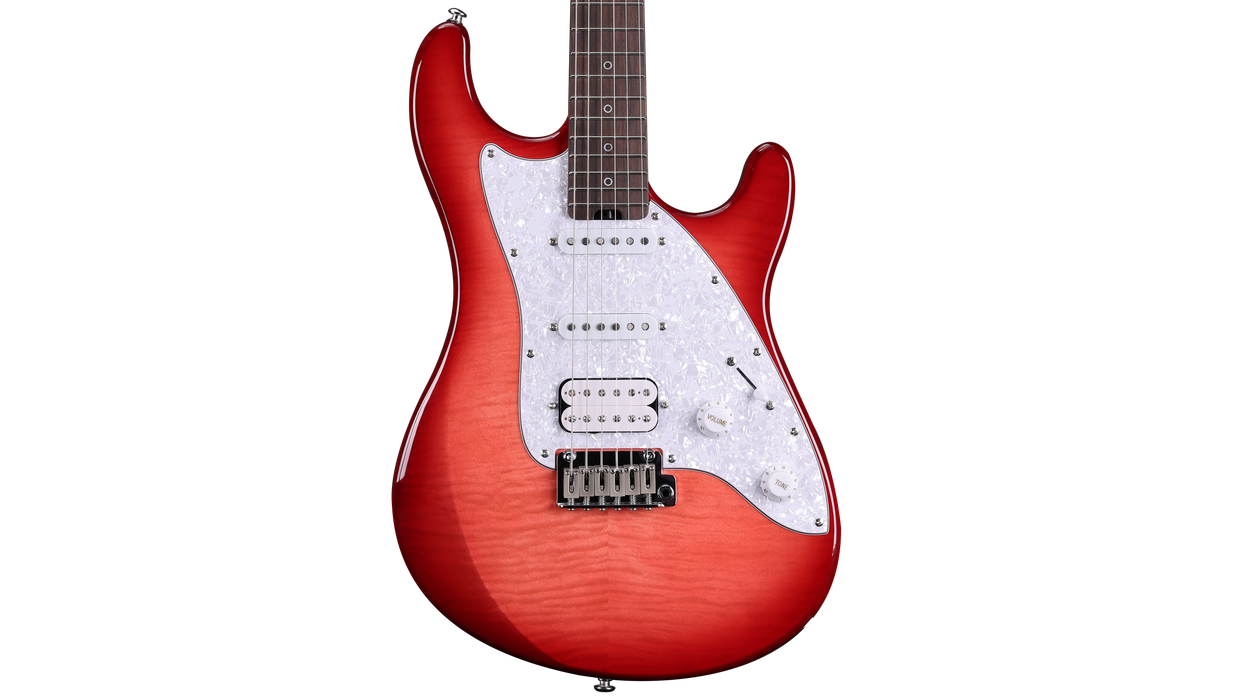John Scofield
Überjam Deux
EmArcy
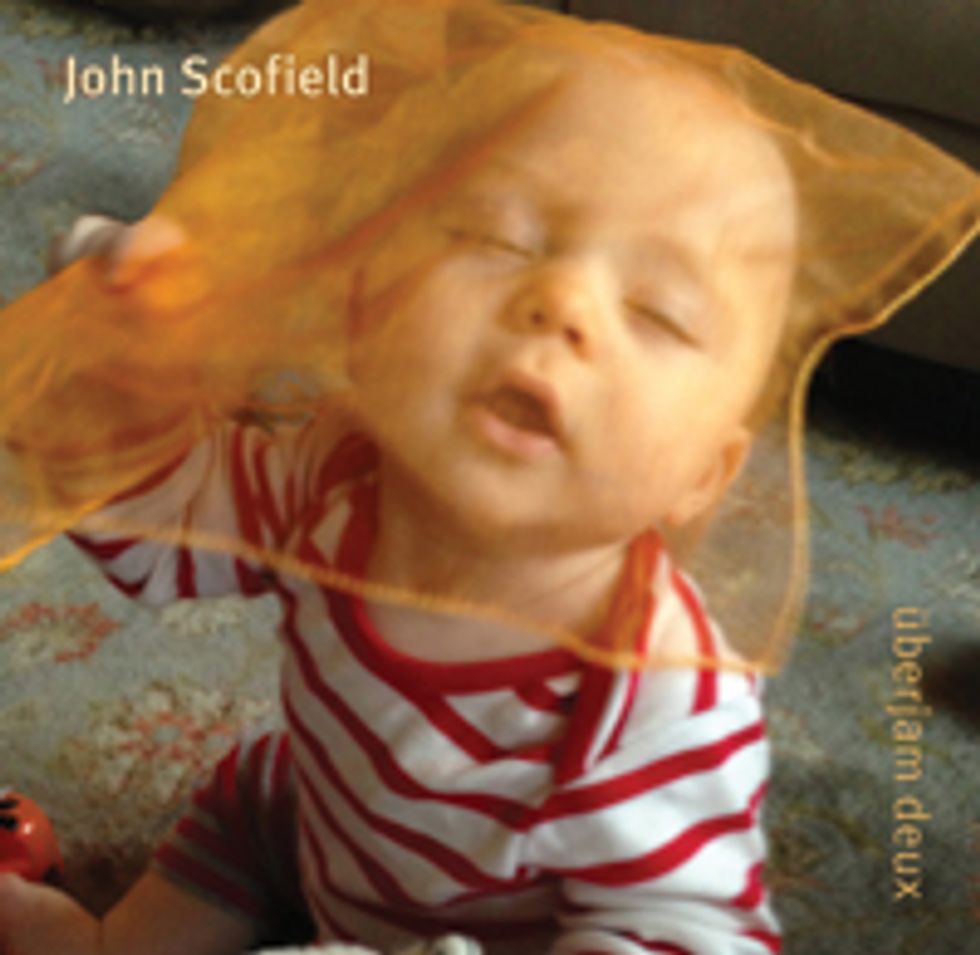
Guitarist Avi Bortnick was in Sco’s original Überjam lineup and once again he plays a pivotal role in these percolating tracks. On “Snake Dance,” Bortnick reveals his passion for afrobeat with chattering chord work and ostinatos, and when he and Scofield start messing with filter sweeps and backward effects, things get downright trippy. Some of the tunes—“Al Green Song,” for example—could veer into happy jazz in lesser hands. But just when you think a section might be getting a bit too chill, Scofield starts plucking back by the bridge saddles or bending notes with sassy, Roy Buchanan-approved volume swells.
With its mix of wicked dual-guitar interplay and smoldering beats—boogaloo, JB funk, ’60s soul-jazz, Memphis R&B, and more—Überjam Deux has what it takes to satisfy both your brain and booty.
Must-hear track: “Snake Dance”

